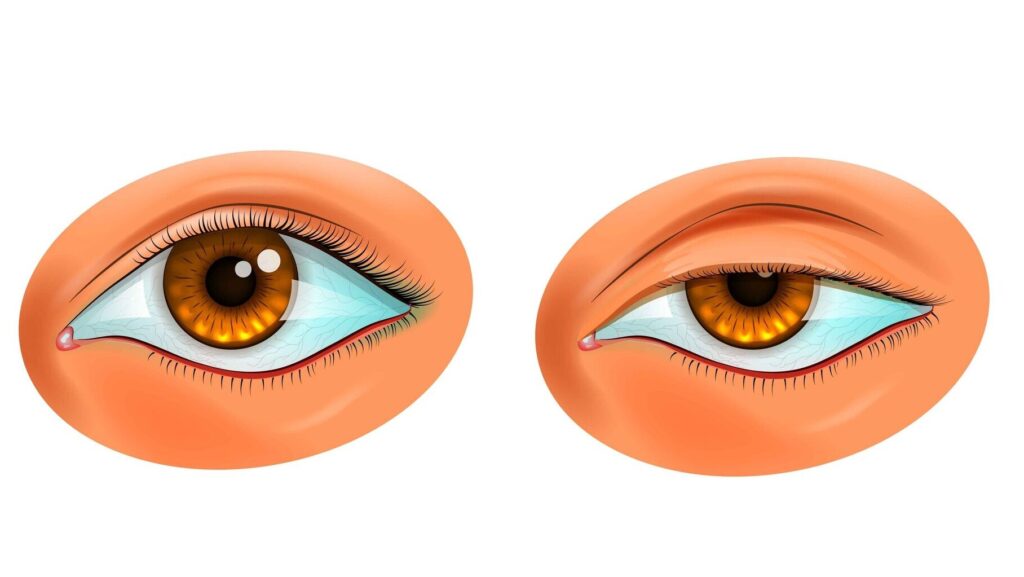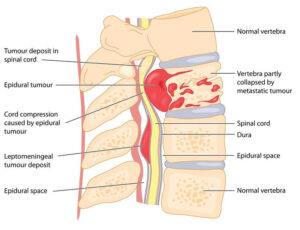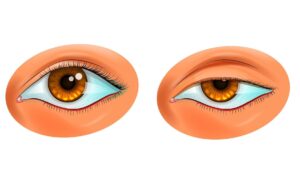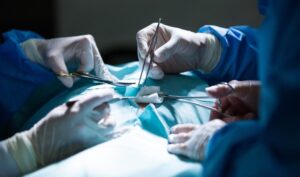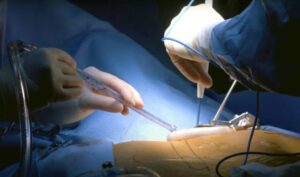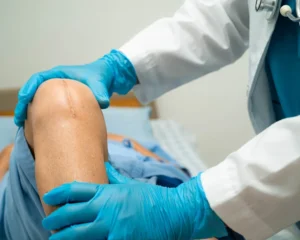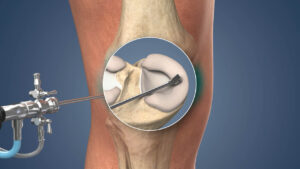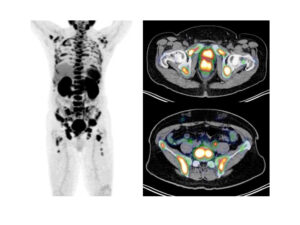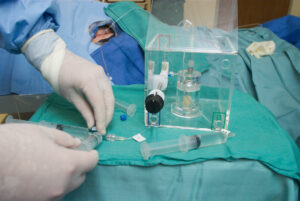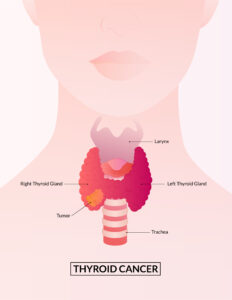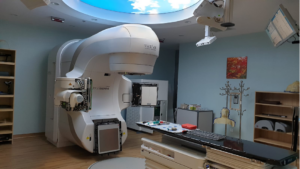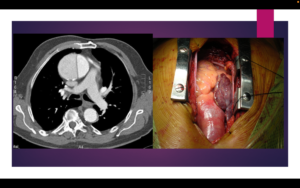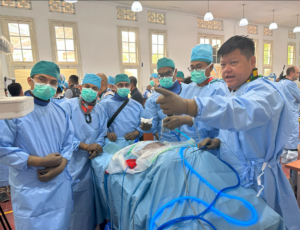Ptosis is the inability of the upper eyelids to open fully and is externally seen as droopy eyes. It is also known as blepharoptosis and caused by the weakness or congenital absence of the Levator palpebral muscle which lift up the eyelid to open the eyes. It can also be caused by facial palsy, facial injuries or trauma to the cranial nerve supplying the muscle or progressive muscle degenerative disease as one gets older.
A progressive or permanent ptosis will cause visual disturbances, irritations of the eyes due to the eyelashes rubbing against the sensitive covering of the eye called conjunctiva. Ptosis will often cause the patient to look tired and sleepy. With the modern identification of the iris at most custom clearance, the inability to open the eyes fully at the checkpoint can cause problems and delays in clearance. Therefore, this defect must be corrected before it deteriorates or become worse.
This condition is common in the older patients because of the progressive weakness of the Levator muscles, droopy forehead and eyelid skin due to the loss of the collagen and elastic fiber making the skin thin and less elastic. In addition, the continuous opposing effects of the pull of gravity will cause the ageing skin to sag further. It often affects both eyes but one side may be more severe. This may cause the affected individual to accidental fall especially in the dim lighted environment.
Congenital Ptosis
Children born with partial or complete ptosis will have difficulties in the complete optical development of the affected eye if uncorrected. It can be one or both sided. Correction will require the use of the forehead muscle to lift up the affected eyelid. This is called the Frontalis sling operation where the patient’s tendon taken from the thigh can be used to anchor the upper eyelid to the forehead muscle so that he or she can be trained to use the forehead muscle to help open the defective eyelid.
Partial or progressive Ptosis
As this is caused by the progressive weakness of the Levator muscle this can be corrected with very careful dissection of the muscle and tightening it. This will then strengthen the muscle and correct the ptosis. Some skin and fat will be removed at the same time. In the female patients a double eyelid fold will be created. Most of the male patients prefer not to have a double eyelid fold.
In the medical condition like progressive muscular disease due to myasthenia or genetic causes, the patient must be treatment medically. Surgical correction will not be effective.
There will be some degree of post-operative swelling and bruising but this will finally settle. The operation is normally performed under local anesthesia. In the children it must be under general anesthesia. With a successful surgery the results are satisfying in function and also aesthetically pleasing.
Conclusion
Progressive ptosis in the ageing population requires special attention as it will lead to visual impairment in reading and daily routines. The tendency to accidental falls is also common. Therefore, an awareness of this condition is important. Plastic Surgeons and other surgeons trained in these surgical skills can help to correct this problem.

